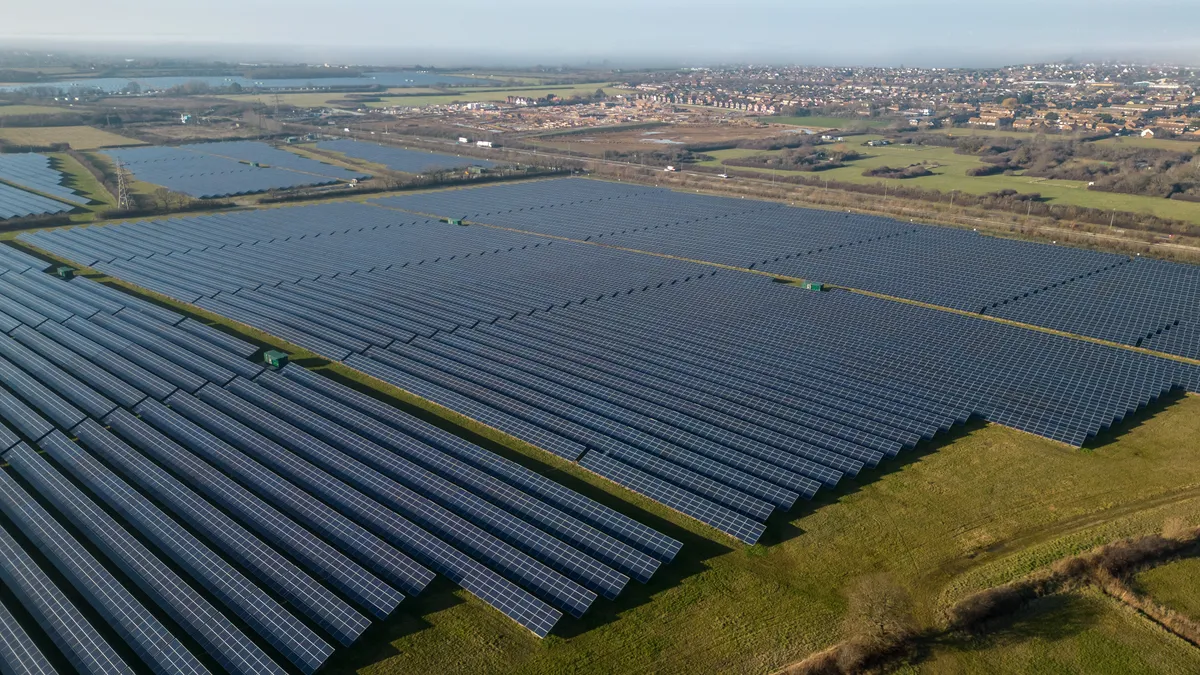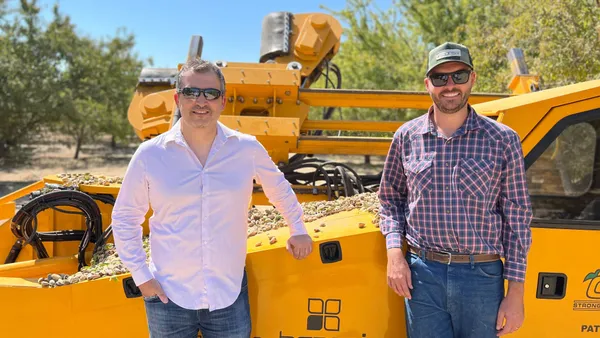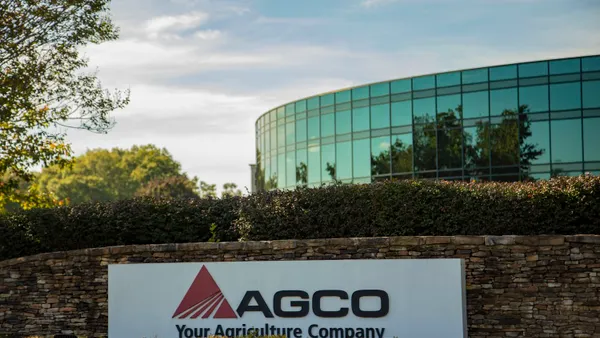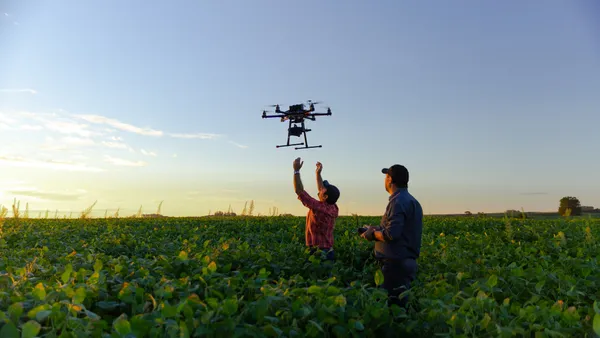Dive Brief:
-
Solar developers, environmentalists, agriculture groups and tribal organizations on Thursday said they had reached an agreement that could make it easier to build large solar farms in the U.S., an effort that has previously drawn strong opposition.
-
This accord is the result of a 20-month “Solar Uncommon Dialogue” organized by Stanford University’s Wood Institute for the Environment. Interested parties are focusing on three key imperatives to advance major solar projects: climate, conservation and community.
-
Advocates say the agreement will help address climate change and bring “clean and affordable energy” to more communities. It is a major turning point in resolving conflicts and concerns related to solar farm development, according to the release. Projects have faced criticism from farmers, Native Americans and other groups over land-use issues.
Dive Insight:
Federal incentives and state mandates, as well as declining capital equipment costs, are driving significant deployment of utility-scale solar projects across the country.
Over the next 10 years, solar energy output is expected to increase five-fold to 700,000 megawatts of electricity, assuming no new major policy hurdles or commercial challenges arise, according to the collaborative agreement.
To meet this goal, the Solar Uncommon Dialogue signatories say the development of large-scale solar projects must be “transparent, equitable and efficient,” and they acknowledge that the deal “will require many trade-offs.”
"We’re committed to accelerating the renewable energy buildout and have to go smart to go fast,” Jen Morris, CEO of the Natural Conservancy, said in a statement. “Bringing environmental groups to the table ensures that we strike the right balance, delivering clean energy solutions while safeguarding our precious natural resources and communities.”
The signatories have established six working groups to address key issues and opportunities, with the goal of creating best practices that solar companies, local governments and other stakeholders can use to effectively develop large-scale solar projects.
In recent years, these projects have faced community pushback due to concerns over how the developments will affect scenic views and wildlife habitats, NBCNews reported. Farmers also have expressed concern over the potential loss of food and fiber production with more land being used for industrial purposes.
However, some agricultural producers have adopted practices that promote solar production on working and natural lands, according to the agreement. Examples include agrivoltaics and floatovoltaics, a practice of using solar panels on farm land and floating structures, as well as brightfields for abandoned land or coal mines. Advocates argue this can generate additional revenue streams while reducing environmental impacts.
Parties to the Solar Uncommon Dialogue include the American Farmland Trust, Association of Fish and Wildlife Agencies, Union of Concerned Scientists, the North American Indian Center of Boston, Lightsource BP, Natural Resources Defense Council and 15 others.











